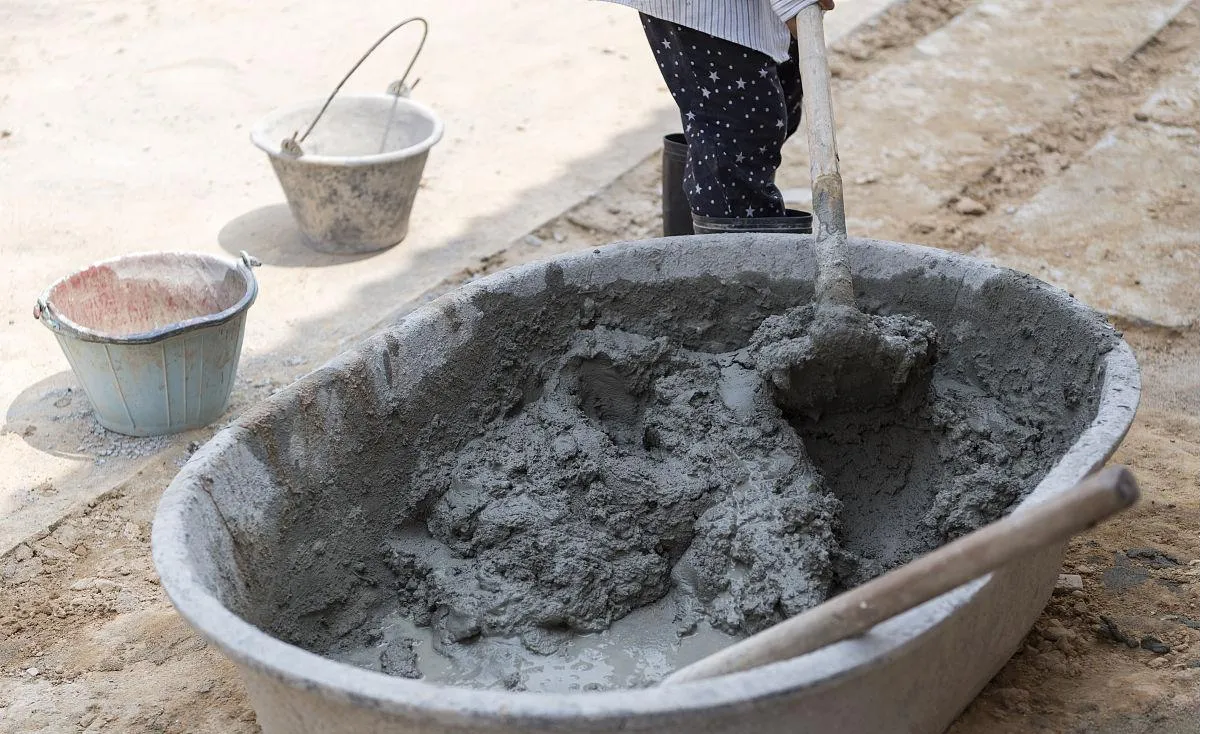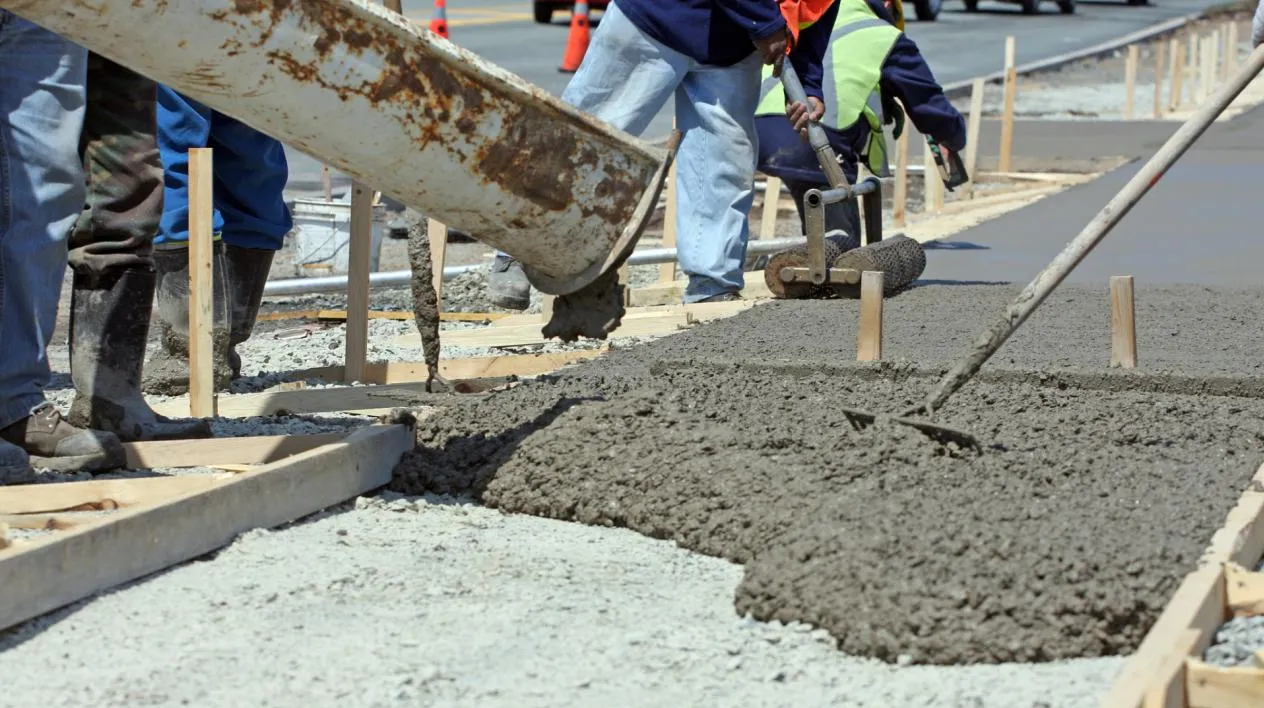
Exploring Water Reducing Admixture Types: The Role of Polycarboxylate Ether in Modern Concrete
Understanding Water Reducing Admixtures and Their Types
Concrete’s quality and durability depend heavily on its mix design, particularly the water-to-cement ratio. To optimize this ratio while maintaining workability, various tipos de aditivos redutores de água are used. A aditivo redutor de água is a chemical additive that decreases the amount of water required in concrete mixes, resulting in stronger, more durable structures.

There are several key tipos de aditivos redutores de água based on performance and application:
Low-range water reducers (plasticizers): Provide a moderate water reduction (5-10%) and improve workability in typical concrete mixes.
Mid-range water reducers: Offer slightly higher water reduction (10-15%) and better slump retention, ideal for moderate strength concrete.
High-range water reducers (superplasticizers): Achieve significant water reduction (20-40%) and enhance flowability, used in high-performance concrete.
Among these, polycarboxylate ether (PCE) based products have gained tremendous popularity due to their efficiency and versatility.

Polycarboxylate Ether and Its Impact as a Water Reducer Admixture in Concrete
What Is Polycarboxylate Ether and How Does It Work?
Polycarboxylate ether is a type of polycarboxylic ether polymer widely used as a water reducer admixture in modern concrete technology. It functions by dispersing cement particles through steric hindrance and electrostatic repulsion, reducing the water required for lubrication in the mix.
This property makes polycarboxylates in concrete highly effective for producing high-strength, durable, and flowable concrete. A pce water reducer significantly improves workability without increasing water content, enabling the design of mixes that meet stringent engineering standards.
Examples and Advantages of Water-Reducing Admixtures
There are many examples of water-reducing admixtures on the market:
Lignosulfonates: Traditional, cost-effective water reducers with moderate performance.
Sulfonated melamine formaldehyde: Mid-range water reducers with better slump retention.
Polycarboxylate ethers: High-range water reducers offering superior water reduction and workability.
O water reducing agent in concrete is essential to enhance mechanical strength, reduce permeability, and minimize shrinkage cracks. Use of modern water reducer admixture in concrete leads to longer-lasting infrastructure and reduced maintenance costs.
Choosing the Right Water Reducing Agent for Optimal Concrete Performance
Selecting the appropriate aditivo redutor de água is vital to achieving desired concrete properties. From traditional water reducers to advanced polycarboxylate ether polymers, each type serves specific needs. However, the trend clearly favors polycarboxylates in concrete for their unmatched performance and sustainability benefits.
By understanding the various tipos de aditivos redutores de água and the science behind polycarboxylate ether, engineers and contractors can optimize concrete mix designs for better strength, durability, and ease of application.
FAQs About Water Reducing Admixtures and Polycarboxylate Ether
What are the common water reducing admixture types used in concrete?
Common types include low-range, mid-range, and high-range water reducers, with polycarboxylate etherbeing a leading high-range option.
How does polycarboxylate ether work as a water reducer admixture?
It disperses cement particles via steric and electrostatic effects, reducing water demand while maintaining workability.
What are examples of water-reducing admixtures besides polycarboxylate?
Examples include lignosulfonates and sulfonated melamine formaldehyde, which are traditional and mid-range water reducers.
Why is polycarboxylate considered an advanced water reducing agent in concrete?
Because it offers superior water reduction, improved concrete flow, and excellent slump retention compared to older admixtures.
Can water reducer admixtures impact the long-term durability of concrete?
Yes, by lowering water content and enhancing particle dispersion, they reduce porosity and increase concrete strength and durability.
-
Hydroxypropyl Starch as a Sustainable Construction AdditiveNewsNov.24,2025
-
The Gelation Properties of CMCNewsNov.21,2025
-
Redispersible Latex Powder and Water Retention CapacityNewsNov.21,2025
-
Dosage Control for Polycarboxylate Water ReducerNewsNov.21,2025
-
Film-Forming Properties of Polyvinyl AlcoholNewsNov.21,2025
-
The Function of Gypsum Additives in MortarNewsNov.21,2025





















